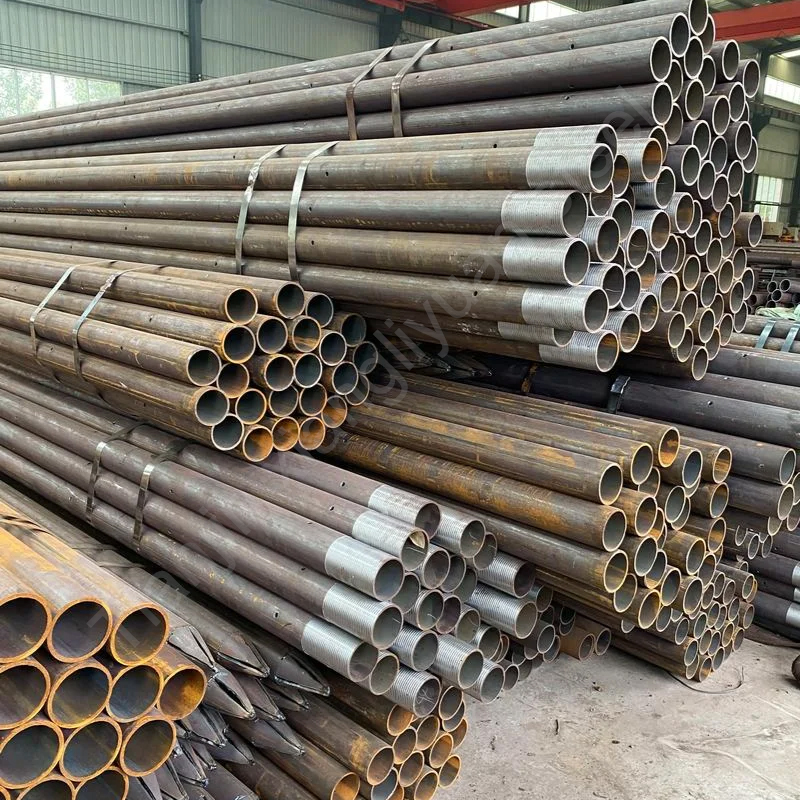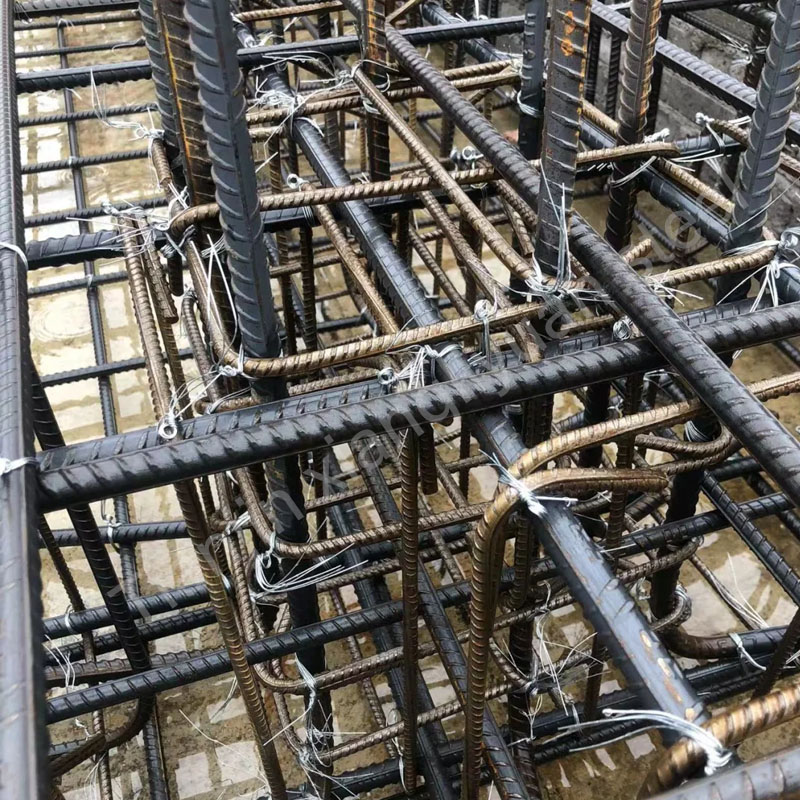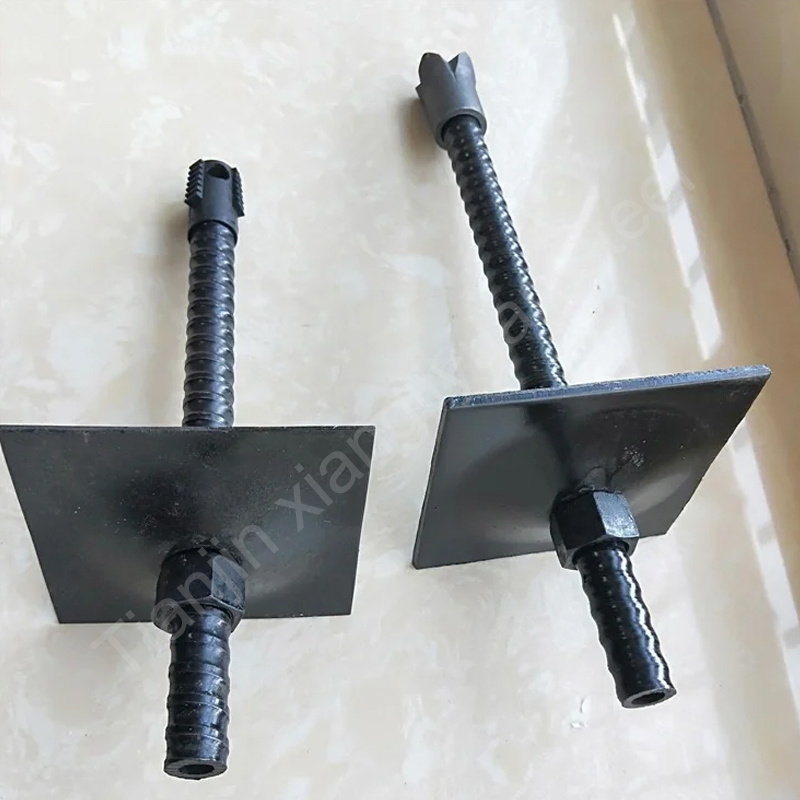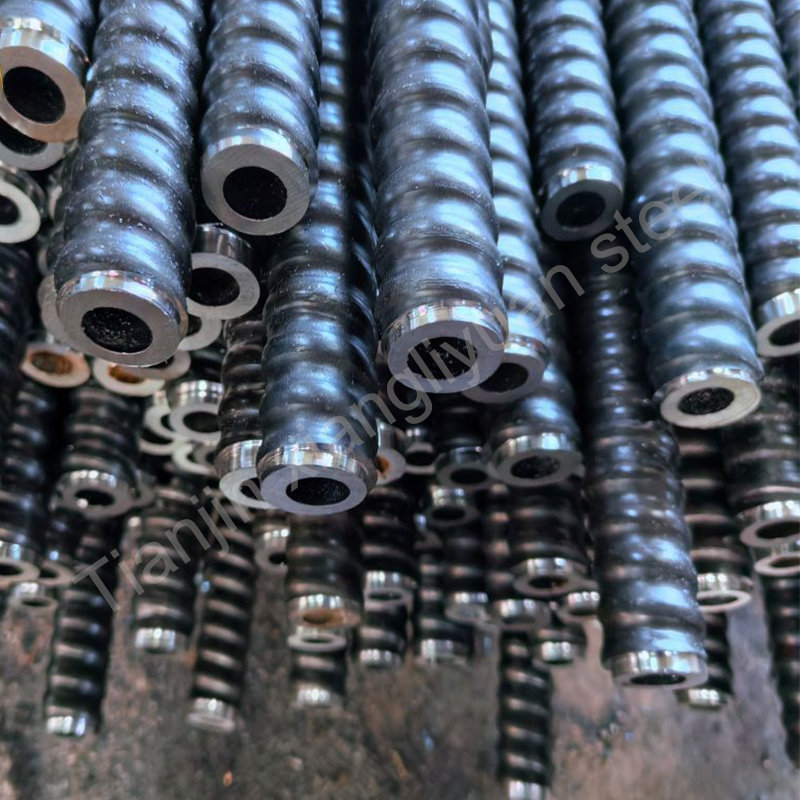Introduction to Grouting Pipes
Grouting pipes, also known as steel sleeve pipes, perforated grouting tubes, or injection pipes, are essential components in geotechnical engineering, foundation reinforcement, and underground construction. These pipes feature strategically placed perforations or slots to allow controlled grout injection, enabling soil stabilization, void filling, and structural strengthening. Widely used in tunneling, slope stabilization, dam rehabilitation, and infrastructure projects, grouting pipes ensure durability and load-bearing capacity in challenging environments. This guide explores their materials, classifications, global standards, dimensions, and industrial applications.
1. Material Grades and Manufacturing
Grouting pipes are fabricated from high-quality steel or corrosion-resistant alloys to endure harsh conditions. Common materials include:
A. Carbon Steel
Grades: Q235 (China GB/T 700), A36 (ASTM), S235JR (EN 10025)
Tensile strength: 370–500 MPa.
Cost-effective for general-purpose grouting in non-corrosive environments.
B. Alloy Steel
Grades: STK400 (JIS G3444), 20MnV (China YB/T 052)
Higher strength (500–650 MPa) for heavy-load applications like bridge foundations.
C. Stainless Steel
Grades: SS304 (AISI 304), SS316 (AISI 316)
Ideal for coastal or chemical-exposed sites due to corrosion resistance.
D. Galvanized or Epoxy-Coated Steel
Extends service life in humid or acidic soils.
Manufacturing Process:
Cold-rolled or welded steel tubes with precision-drilled holes (5–15 mm diameter).
Perforation patterns include spiral, linear, or radial arrangements for optimal grout dispersion.
2. Classifications of Grouting Pipes
Grouting pipes are categorized based on design and functionality:
A. By Perforation Type
Single-Row Perforated Pipes: Basic holes for uniform grout flow.
Multi-Row Perforated Pipes: Enhanced grout coverage in loose soils.
Slotted Pipes: Longitudinal slots prevent clogging in fine-grained soils.
B. By Structure
Plain-End Pipes: Simple connections for shallow applications.
Threaded/Coupled Pipes: Interlinked sections for deep foundation piles.
Foldable Pipes: Flexible designs for curved tunnel linings.
C. By Application
Temporary Grouting Pipes: Thin-walled, removable after grout curing.
Permanent Structural Pipes: Thick-walled, integrated into the structure.
3. International Standards and Certifications
Grouting pipes adhere to region-specific standards for quality assurance:
| Country/Region | Standard | Key Requirements |
|---|---|---|
| China | GB/T 3091, YB/T 052 | Covers Q235 steel, hole spacing ≤30 cm. |
| Europe | EN 10219, EN 10305 | Defines S235JR/S355JR grades and tolerances. |
| USA | ASTM A53, ASTM A500 | Specifies seamless/welded pipes for grouting. |
| Japan | JIS G3444 (STK400/500) | Focuses on precision perforation patterns. |
| Australia | AS 1163 | Certifies corrosion-resistant coatings. |
4. Standard Sizes and Dimensions
Grouting pipes are available in customizable lengths and diameters:
| Outer Diameter (mm) | Wall Thickness (mm) | Perforation Diameter (mm) | Common Lengths (m) | Grout Pressure Capacity (MPa) |
|---|---|---|---|---|
| 25 | 2.0–3.0 | 6–8 | 2.0–6.0 | 0.5–1.5 |
| 42 | 3.0–4.0 | 8–10 | 3.0–12.0 | 1.5–3.0 |
| 60 | 4.0–5.0 | 10–12 | 6.0–12.0 | 3.0–5.0 |
| 89 | 5.0–6.0 | 12–15 | 6.0–12.0 | 5.0–8.0 |
Notes:
Perforations typically cover 15–30% of the pipe surface.
Custom thread types (NPT, BSP) and couplings available.
5. Key Applications of Grouting Pipes
A. Soil Stabilization
Inject cementitious grout to compact loose soils and prevent subsidence.
Used in highway embankments and railway foundations.
B. Tunnel and Mining Support
Reinforce tunnel linings by filling voids behind segments.
Control groundwater ingress in underground mines.
C. Slope and Retaining Wall Reinforcement
Anchor unstable slopes by grouting into bedrock fractures.
D. Foundation Engineering
Strengthen pile foundations for skyscrapers and bridges.
Micropile grouting in constrained urban areas.
E. Dam and Levee Rehabilitation
Seal cracks and uplift pressures in aging hydraulic structures.
6. Advantages of Using Grouting Pipes
Precision: Controlled grout distribution minimizes material waste.
Versatility: Compatible with cement, resin, or chemical grouts.
Durability: Steel construction resists ground movement and corrosion.
Cost-Efficiency: Reduces long-term maintenance of structures.
7. How to Select the Right Grouting Pipe
Consider these factors for optimal performance:
Soil/Rock Type: Coarse soils require larger perforations (≥10 mm).
Grout Viscosity: Thin grouts work best with multi-row perforations.
Depth and Load: Thicker-walled pipes (≥4 mm) for high-pressure grouting.
Environmental Conditions: Stainless steel or epoxy coatings for corrosive sites.
8. Installation and Maintenance Best Practices
Installation:
Drill boreholes slightly larger than the pipe diameter.
Use tremie pipes for vertical grouting to avoid segregation.
Maintenance:
Flush pipes post-grouting to prevent blockages.
Inspect for corrosion or deformation annually.
Grouting pipes play a pivotal role in modern construction by enabling precise, durable, and cost-effective ground improvement. Engineers and contractors can achieve long-term structural stability by selecting materials and designs aligned with project-specific demands, whether for tunneling, slope reinforcement, or foundation work. As urbanization drives the need for innovative geotechnical solutions, grouting pipe technology continues to evolve, offering smarter ways to tackle subsurface challenges.





